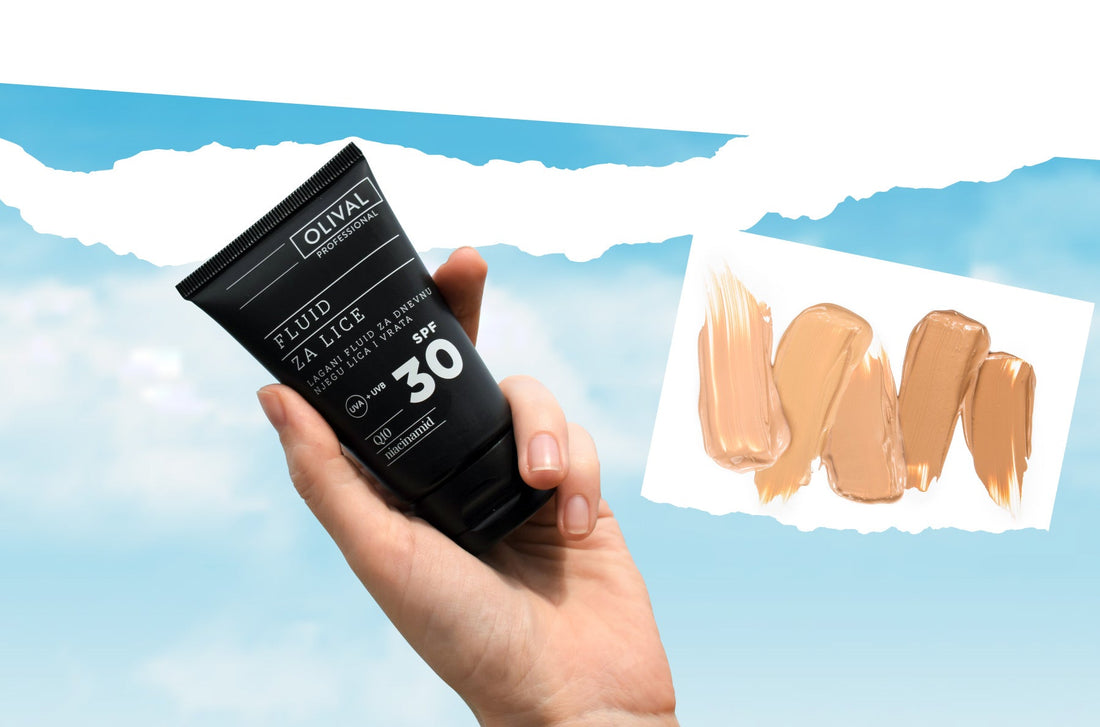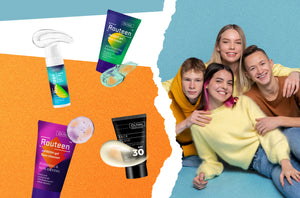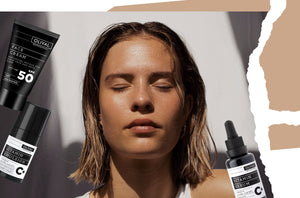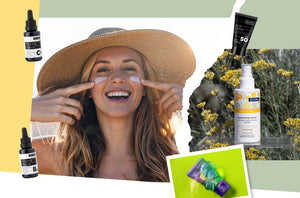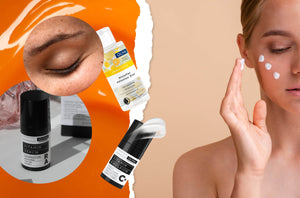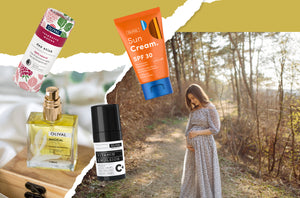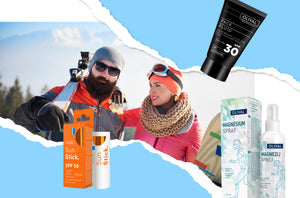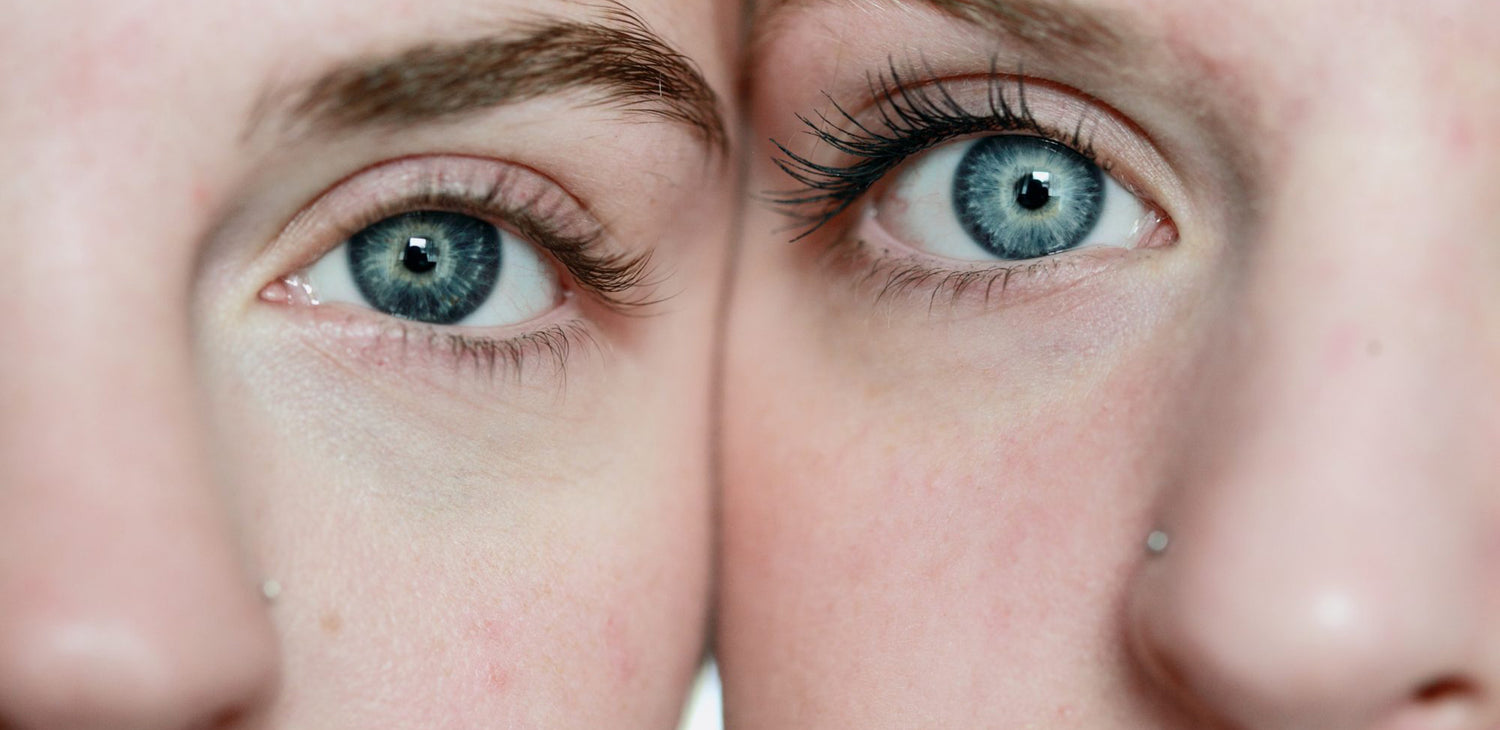Although the importance of daily, year-round SPF wear is much talked about, we often use various excuses to justify avoiding the use of protective face and body creams.
Below we single out a few of the most common ones SPF myths in order to recognize and be aware of your own excuses, but also to avoid the dangers of sun exposure.
Sunscreens give me pimples and make my skin oily.
The skin is a specific organ, and its condition and needs differ from person to person. For this reason, the same cosmetic product on the declaratively same type of skin can have completely different effects.
You should find the ideal product for you, which is of course not an easy task. In addition to understanding the basics of skin care and educating yourself about various skin conditions, you also need to adapt to the current weather conditions. Of course, you can't go wrong with using creams with a protective factor throughout the year, but you definitely need to apply them at more frequent intervals during the summer months - at least every two hours or every time you bathe, sunbathe, sweat and wipe.

Often, certain sunscreens have an oily composition that is not suitable for all skin types, but it should be remembered that not all sunscreens are the same .
We have already written about the ideal SPF for a specific skin type in our SPF guide , but it should be emphasized that lighter, fast-absorbing textures such as Professional Face Fluid SPF 30 or creams with a matting effect such as Professional Face Cream SPF 50 will suit oilier skin better. .
For skins more prone to closed pores and the formation of pimples, we do not advise the use of "heavy" creams that could potentially cause unwanted irregularities and distract you from the original goal, which is complete and daily sun protection. Adequate SPF removal can also help address clogged pores and blemishes. At the end of the day, the face should be cleaned using the double cleanse method, using Microemulsion for the first step, and Amino gel for the second step of facial cleansing.
My foundation has SPF, that's enough for me.
The minimum protection of the skin of the face, especially during the summer, is SPF 30, but it is not bad to additionally apply a powder that has a minimum of SPF 15. The amount in which only the powder should be applied in order to really protect the skin from the harmful rays of the sun is not the amount that we normally apply to the face . Makeup SPF often only protects against UVB rays, that is, it prevents possible redness of the skin and burns, but it does not manage to provide complete protection, as a thicker layer of cream with broad-spectrum protection does. The internationally recognized coating thickness required to achieve the declared protection is 2 mg/cm2 of skin. In order to facilitate the assessment of the required quantity, it is advisable to follow the so-called fingertip unit method and rule of nines division of body parts. [1]
It involves a generous application of the product from the root to the tip of the cheekbone of the index and middle finger for each of the mentioned parts of the body:
1. head, face, neck
2. left hand
3. right hand
4. upper back
5. lower back
6. upper torso
7. lower torso
8. left thigh
9. right thigh
10. left lower leg and foot
11. right lower leg and foot
We do not all apply makeup in the same way, that is, when using various sponges and brushes, we often put the amount of applied product in a thin, transparent layer, insufficient for sun protection. When re-applying, it is necessary to think about the already applied make-up, so if we are unable to remove all layers of make-up, we should think about spray sunscreens.
I spend most of my time indoors so I don't need SPF.
In the past year, we spent more time at home, due to the pandemic and working from home, so we did not use sunscreen to the same extent as before.

However, what few of us have thought about is that window glasses do not actually protect against UVA (A=aging), but only against UVB (B=burning) sun rays. This means that our skin will probably not turn red when sitting by the window, but it definitely does not mean that we are completely safe from the harmful effects of sun exposure. In the same way, we are not protected even when it is cloudy. [2] In most cases, we will avoid sunburn, but as soon as we expose our skin to UVA sun rays, we risk the appearance of premature wrinkles, fine lines and pigmentation spots.
In situations where we are not directly in the sun, when it is cloudy or we just intend to spend time indoors, it would be ideal to apply a sunscreen with a lower factor such as or SunMilk. Sun Protection Milk SPF 20 to at least slightly protected and eliminated the possibility of premature skin changes.
My skin is used to the sun and I never get red.
We all like to think that our skin is the most resistant to the sun's rays, but the real truth is that no skin can be resistant by itself. Some skins are more sensitive, subject to redness and are not prone to the formation of pigment, but we should by no means equate rapid tanning with the skin's resistance to the sun.

Frequent exposure to the sun is extremely stressful for any skin, so different skin types react differently to the stress we put on them. Some will react with violent burns and peeling, while others will darken and thus try to protect themselves. Regular sunbathing without adequate protection should be avoided, and in the case of using products such as SUPER Carrot Jam for accelerated tanning or SUPER Carrot dry oil for accelerated tanning, you should properly protect yourself with products that have a high SPF.
The skin should be additionally hydrated after each exposure to the sun. It is also recommended to drink large amounts of water and keep in mind that with proper care we can preserve its health. You can find more detailed instructions in the article Top 5 tips on how to keep your skin hydrated (and radiant) in the summer , and don't forget:
Stress is not good for us, and neither is it good for our skin!
------------------
[1] Taylor, S. Diffey, B. Simple dosage guide for sun creams will help users. Regional Medical Physics Department, Newcastle General Hospital, Newcastle NE4 6BE. 2002 June 22. https://www.ncbi.nlm.nih.gov/pmc/articles/PMC1123459/ accessed 7/7/2021.
[2] Skin Cancer Foundation. UV Radiation & Your Skin. June 2019. https://www.skincancer.org/risk-factors/uv-radiation/#uva accessed 7/5/2021.

